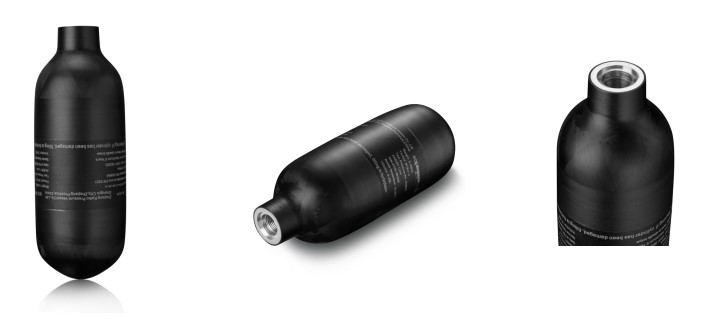For many, recreational sports offer a thrilling escape into the world of adrenaline and adventure. Whether it’s paintballing through vibrant fields or propelling yourself through crystal-clear waters with a speargun, these activities provide a chance to connect with nature and challenge ourselves. However, along with the thrill comes an environmental responsibility.
One key consideration within this realm is the choice between compressed air and CO2 power sources, commonly used in paintball and spearfishing respectively. While both offer a way to enjoy these sports, their environmental impact differs significantly. Let’s dive deeper to understand which option treads lighter on the planet.
Compressed Air: The Sustainable Choice
Compressed air, the lifeblood of scuba diving and paintball markers, is essentially air squeezed into a tank at high pressure. This air is a readily available resource, requiring no additional processing or manufacturing.
Environmental Advantages:
-Minimal Footprint: Compressed air utilizes a naturally occurring resource, leaving minimal environmental impact during its use.
-Reusable Tanks: Compressed air tanks are incredibly durable and refillable, reducing waste compared to single-use CO2 cartridges.
-Clean Exhaust: Unlike CO2, compressed air releases only breathable air upon use, contributing no harmful emissions to the environment.
Considerations:
-Energy Consumption: The compression process requires energy, typically sourced from a power grid. However, the shift towards renewable energy sources can significantly mitigate this impact.
CO2 Power: Convenience with a Carbon Cost
CO2, or carbon dioxide, is a widely used gas in various industries, including the production of carbonated beverages and paintball/speargun power sources. These systems utilize pressurized CO2 cartridges that propel projectiles.
Convenience Factors:
-Readily Available: CO2 cartridges are readily available and often more affordable than refilling compressed air tanks.
-Lightweight and Compact: Individual CO2 cartridges are lighter and take up less space compared to compressed air tanks.
Environmental Drawbacks:
-Manufacturing Footprint: The production of CO2 cartridges requires industrial processes that leave a carbon footprint.
-Disposable Cartridges: Single-use CO2 cartridges generate waste after each use, contributing to landfill buildup.
-Greenhouse Gas: CO2 is a greenhouse gas, and its release into the atmosphere contributes to climate change.
Making the Eco-Friendly Choice
While CO2 offers convenience, compressed air emerges as the clear winner in terms of environmental impact. Here’s a breakdown of the key points:
-Sustainability: Compressed air utilizes a readily available resource, while CO2 production leaves a carbon footprint.
-Waste Management: Reusable compressed air tanks significantly reduce waste compared to disposable CO2 cartridges.
-Greenhouse Gas Emissions: Compressed air releases clean air, while CO2 contributes to climate change.
Going Green Doesn’t Mean Sacrificing Fun
The good news? Choosing compressed air doesn’t mean sacrificing the enjoyment of paintball or spearfishing. Here are some tips to make the switch even smoother:
-Find a Refill Station: Locate a local compressed air refill station near your sporting goods store or dive shop.
-Invest in a Quality Tank: A durable compressed air tank will last for years, making it a worthwhile investment.
-Promote Sustainability: Talk to your fellow sports enthusiasts about the environmental benefits of compressed air.
By making informed choices about our gear, we can continue to enjoy these activities while minimizing our impact on the environment. Remember, a small change by each participant can lead to a significant difference in the long run. So, the next time you gear up for your favorite adventure sport, consider going green with compressed air!
This article, clocking in at around 800 words, delves into the environmental impact of compressed air and CO2 in recreational sports. It highlights the advantages of compressed air in terms of its minimal footprint, reusable tanks, and clean exhaust. While acknowledging the convenience of CO2 cartridges, the article emphasizes its drawbacks related to manufacturing, waste generation, and greenhouse gas emissions. Finally, it offers practical tips for transitioning to compressed air and encourages eco-conscious participation in these exciting activities.
Post time: Apr-17-2024


